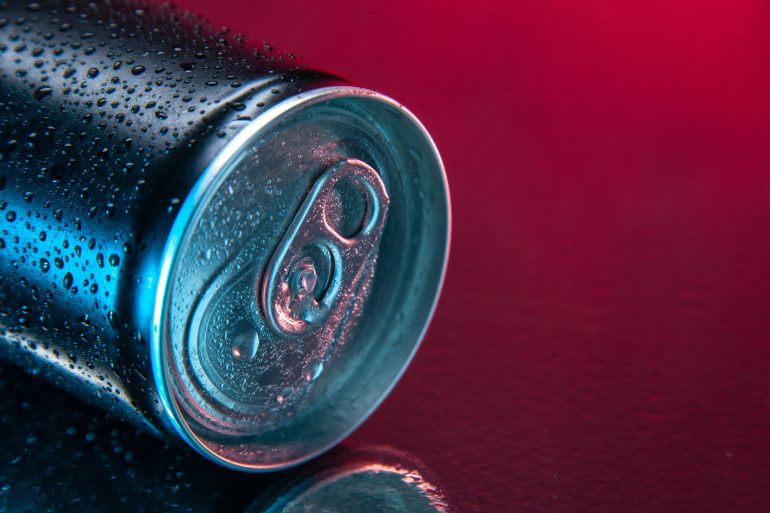One-fifth of Czech children aged 11 to 15 drink energy drinks at least twice a week, according to the Czech part of the Health Behaviour in School-Aged Children (HBSC) international study presented this week. On the other hand, teenagers are now less likely to drink alcohol or smoke cigarettes or marijuana.
The use of electronic cigarettes and vaping is more common among children in the Czech Republic, according to the study on the health and lifestyle of schoolchildren, carried out in 2022.
According to its authors, the typical trend is that if children drink alcohol or smoke, they are also more likely to use other addictive substances or energy drinks.
About 70,000 Czech children aged 11-15 consume energy drinks twice a week at least, up from 40,000 to 50,000 in 2018.
“The more frequent the consumption of energy drinks is, the more often children suffer from various problems such as headaches, have worse depressive conditions and lower life satisfaction,” Michal Kalman, head of the HBSC research team, said.
One can of energy drink contains about the same amount of caffeine as four cups of coffee, which can cause health and sleep problems, he warned.
Experts are therefore recommending restrictions on the sale of energy drinks, and some MPs are also preparing regulations. Their sale to children was banned by the Baltic countries ten years ago, and a ban is also in force in some German federal states, the UK and, most recently, in Poland.
While Czech children used to be at the top of international comparisons in alcohol consumption, the latest data show they are average of the countries surveyed. “While in the 1990s, almost all 15-year-olds had their first experiment with alcohol, today a quarter of the ninth-graders avoid it altogether,” Kalman said.
Although the sale of alcohol, like cigarettes, is banned to minors under 18, 73% of children have experience with alcohol and 16% with cigarettes.
However, vaping is more common, as 19% of respondents said they tried this. “The vast majority of ‘vapers’ also smoke conventional cigarettes,” Kalman added.
In total, 8% of schoolchildren smoke cigarettes every week, up from nearly 30% in 2002. Heated tobacco products were used weekly by 1.6% of boys and 3.8% of girls in 2022. Newer products like HHC (hexahydrocannabinol) were not included in the survey.
Further data collection is planned for 2026.
Teenagers from villages and small towns are more likely to use various addictive substances, according to the survey. “Other studies suggest that spending time with peers outdoors in unorganised activities may have an impact,” said Pavla Chomynova, head of the National Monitoring Centre for Drugs and Addictions.
Experts say the connection of lower socio-economic status with unhealthy lifestyle has not been proven; on the contrary, children from better-off families are more likely to get drunk.








